This article was co-authored by Heather Richmond, MD. Dr. Heather Richmond, MD is a board certified Dermatologist at Dermatology and Laser Surgery Center in Houston, Texas. With over nine years of experience, Dr. Richmond specializes in comprehensive dermatology including medical, surgical, and cosmetic procedures. She graduated cum laude from Yale University with a BA in Molecular, Cellular, and Developmental Biology. She earned her MD from the University of California, Irvine School of Medicine, where she was inducted into the Alpha Omega Alpha Honor Medical Society. She completed her Internal Medicine internship at Cedars-Sinai Medical Center and her Dermatology residency at The University of Texas MD Anderson Cancer Center in Houston. Dr. Richmond is a fellow of the American Academy of Dermatology and is a member of the American Society for Dermatologic Surgery, American Society for Laser Medicine and Surgery, and the Texas and Houston Dermatological Societies.
There are 11 references cited in this article, which can be found at the bottom of the page.
This article has been viewed 59,342 times.
Palmar warts are common warts that appear on the hands. In addition to being unsightly, they are contagious. This is because they are caused by a virus, human papillomavirus (HPV), that can be transmitted through personal contact. If you have palmar warts, you should take the time to treat them so they don't spread on your body or to other people. Treatment can typically be done at home with over-the-counter products. However, more severe cases may need medical attention. With some care and diligence, most people can remove individual warts, although there is no guarantee that they will stay gone forever.[1]
Steps
Treating Palmar Warts at Home
-
1Consider having a doctor diagnose the wart if you’re not sure. If you’re not positive that the skin lesion is a wart, it’s best to have a dermatologist check before you try to treat it yourself.[2] Using at-home wart treatments, especially over-the-counter medications, on lesions that aren’t warts could cause pain or even create serious infections.
-
2Soak the wart. To get a wart ready for treatment, you need to soften it. The easiest way to do this is to soak it in warm water. Fill a bowl with warm water that is not too hot to submerge your hand in. Keep the wart in this water for approximately 10 minutes.[3]
- The wart only needs to be soaked for a few minutes to make it soft. If your fingers begin to wrinkle from being submerged, you have already soaked it longer than necessary.
Advertisement -
3Sand the surface of the wart. To make sure the medication you will apply to it soaks down deep into the wart, you should take the surface of the wart off. Use a small piece of fine-grit sandpaper or a disposable nail file to take the top surface of the wart off.[4]
- This process should not hurt but the area can get irritated. If the sanding is too painful, stop doing it and move on to applying the medication.
- It is important to clean up any skin cells that you remove so that they do not contribute to the spread of the disease. To do this, sand the wart over a surface that can be easily cleaned, such as a bathroom sink.
- Throw away the item you used to sand the wart after you have used it. Keeping it and using it again can spread the wart virus further.
-
4Apply an over-the-counter wart treatment for people over the age of 3. These products typically contain salicylic acid, which is used to irritate the surface of the wart.[5] This treatment is applied to the top of the wart with a brush or dropper applicator. The irritation created by these products is caustic, so use them with caution. Never use them on children under the age of 3.[6]
- Follow the directions provided on the product's packaging. In general, the directions should include how much to apply, when to apply it, and how long application should go on.
-
5Consider covering the wart with duct tape. There is some evidence that covering a wart in duct tape will help to kill it. The elimination of air flow and light may help kill the cells. The removal of the duct tape every few days also removes layers of the wart, which is also likely to help get rid of it.[7]
- You should change the duct tape every day or 2 and place a new piece on the wart.
- There is some evidence that you can use wart medication and duct tape in combination. Using several treatment methods at once increases the likelihood of your wart going away.[8]
Getting Medical Treatment
-
1See a doctor if home treatment doesn't work.[9] If you have tried to get rid of warts unsuccessfully, you should turn to a medical professional for help. They will have additional treatments that can remove the warts immediately.[10]
- Most doctors can treat warts but dermatologists specialize in this type of skin problem. If you want to ensure that the wart is removed effectively, seek out the care of a dermatologist.
-
2Use prescription medication. There are a variety of prescription medications that your doctor may suggest for treatment of a wart. These medications typically work by increasing the immune response of the body. They are traditionally applied either topically or injected into the wart, however there are newer systemic medications that are taken in pill form.[11]
- As with all prescription medications, talk to your doctor about possible drug interactions and side effects your new medication may have. For example, systemic wart medications in particular have been known to impact liver function.
-
3Remove the wart with cryotherapy. Many dermatologists remove warts by freezing them off with liquid nitrogen.[12] This is a common treatment for warts and is typically very effective. To freeze off your wart, your doctor will give you a local anesthetic to dull the pain and then will apply the liquid nitrogen to the center of the wart. This will kill the cells of the wart.[13]
- It can take a few weeks for a wart that has been frozen to fall off. It may also take more than one session of cryotherapy to effectively get rid of your wart.
- Some side effects of cryotherapy can include scarring and changes in the skin's pigment. Your doctor will also need to be careful when doing this procedure on sensitive areas of the hand, such as the side of fingers, as it can impact nerves and underlying structures.
-
4Have the wart removed with a laser or an incision. Your doctor may suggest removing the wart surgically or with a laser if home treatment has been unsuccessful. This is an in office treatment that requires local anesthetic and some aftercare, including keeping the site clean as it heals.[14]
- Removing a wart with a laser is typically much more expensive than doing cryotherapy. Discuss with your doctor why the more expensive procedure is necessary.
- Removing a wart surgically can be more painful than with cryotherapy or laser removal. It is also more likely to cause scarring. Talk to your doctor about why they want to perform this procedure, as opposed to others, before agreeing to it.
Preventing the Spread of Palmar Warts
-
1Don't touch warts. The virus that causes warts can spread when skin cells are shed off of them. This means that you can get it from touching someone else's warts.[15]
- If you do touch a wart, wash your hands afterward. This can wash away the virus before it enters your skin through a tiny cut or abrasion.[16]
- If you have a wart, it is important to wash your hands after treating them. This will help you prevent spreading the warts to other people.
-
2Cover warts. If you have a wart, you should cover it with a bandage, tape, or a glove. Covering your warts will minimize the chance of you spreading them to other people.[17]
- If you have palmar warts on your palms, avoid shaking hands with people when you meet them without having the warts covered.
-
3Protect yourself. There are a variety of ways you can get the virus that causes warts from other people without having direct contact with their skin. For example, you can get warts from using personal products, such as razors or towels, that have previously been used by people with warts.[18]
- Also, wear flip flops or shoes in areas where the wart virus can thrive. For example, always wear them in locker rooms and public showers. The virus that causes warts thrives in warm, wet areas, so these places are natural breeding grounds for it.
Expert Q&A
-
QuestionCan I treat a wart at home?
 Heather Richmond, MDDr. Heather Richmond, MD is a board certified Dermatologist at Dermatology and Laser Surgery Center in Houston, Texas. With over nine years of experience, Dr. Richmond specializes in comprehensive dermatology including medical, surgical, and cosmetic procedures. She graduated cum laude from Yale University with a BA in Molecular, Cellular, and Developmental Biology. She earned her MD from the University of California, Irvine School of Medicine, where she was inducted into the Alpha Omega Alpha Honor Medical Society. She completed her Internal Medicine internship at Cedars-Sinai Medical Center and her Dermatology residency at The University of Texas MD Anderson Cancer Center in Houston. Dr. Richmond is a fellow of the American Academy of Dermatology and is a member of the American Society for Dermatologic Surgery, American Society for Laser Medicine and Surgery, and the Texas and Houston Dermatological Societies.
Heather Richmond, MDDr. Heather Richmond, MD is a board certified Dermatologist at Dermatology and Laser Surgery Center in Houston, Texas. With over nine years of experience, Dr. Richmond specializes in comprehensive dermatology including medical, surgical, and cosmetic procedures. She graduated cum laude from Yale University with a BA in Molecular, Cellular, and Developmental Biology. She earned her MD from the University of California, Irvine School of Medicine, where she was inducted into the Alpha Omega Alpha Honor Medical Society. She completed her Internal Medicine internship at Cedars-Sinai Medical Center and her Dermatology residency at The University of Texas MD Anderson Cancer Center in Houston. Dr. Richmond is a fellow of the American Academy of Dermatology and is a member of the American Society for Dermatologic Surgery, American Society for Laser Medicine and Surgery, and the Texas and Houston Dermatological Societies.
Board Certified Dermatologist There are a few at-home methods you can try. Most often, I recommend topical salicylic acid. The product comes in a number of different brands and can be found at the pharmacy in the wart section. You can also use freeze-away methods for at-home use. They are not as potent as liquid nitrogen, but they are effective when treating smaller warts.
There are a few at-home methods you can try. Most often, I recommend topical salicylic acid. The product comes in a number of different brands and can be found at the pharmacy in the wart section. You can also use freeze-away methods for at-home use. They are not as potent as liquid nitrogen, but they are effective when treating smaller warts.
Warnings
- All wart treatments treat individual warts, not the virus that causes them. This means that while an individual wart may be removed, there is a high likelihood that you will get additional warts in the future.[19]⧼thumbs_response⧽
References
- ↑ https://www.mariettaderm.com/procedures/warts/
- ↑ https://www.mayoclinic.org/diseases-conditions/common-warts/diagnosis-treatment/drc-20371131
- ↑ https://www.aad.org/public/kids/skin/warts/how-to-get-rid-of-warts
- ↑ https://www.healthyhorns.utexas.edu/HT/HT_warts.html
- ↑ Mark Co, DPM. Podiatrist. Expert Interview. 21 April 2020.
- ↑ https://www.aad.org/public/diseases/contagious-skin-diseases/warts#tips
- ↑ https://www.aad.org/public/kids/skin/warts/how-to-get-rid-of-warts
- ↑ https://www.ncbi.nlm.nih.gov/pmc/articles/PMC3662932/
- ↑ Mark Co, DPM. Podiatrist. Expert Interview. 21 April 2020.
- ↑ https://www.nhs.uk/conditions/warts-and-verrucas/
- ↑ https://www.mayoclinic.org/diseases-conditions/common-warts/diagnosis-treatment/drc-20371131
- ↑ Mark Co, DPM. Podiatrist. Expert Interview. 21 April 2020.
- ↑ https://www.mayoclinic.org/diseases-conditions/common-warts/diagnosis-treatment/drc-20371131
- ↑ https://www.aad.org/public/diseases/a-z/warts-treatment
- ↑ https://www.aad.org/public/diseases/a-z/warts-causes
- ↑ https://www.webmd.com/skin-problems-and-treatments/features/viruses-cause-skin-warts#2
- ↑ https://www.nhs.uk/conditions/warts-and-verrucas/
- ↑ https://www.aad.org/public/diseases/a-z/warts-causes
- ↑ https://www.ncbi.nlm.nih.gov/pmc/articles/PMC3662932/
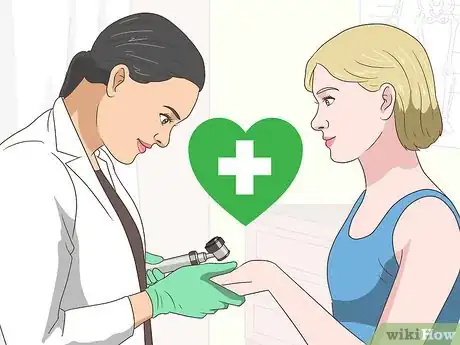
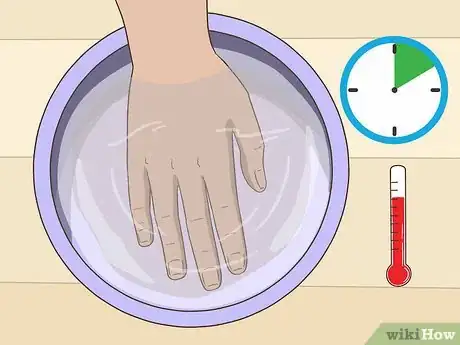
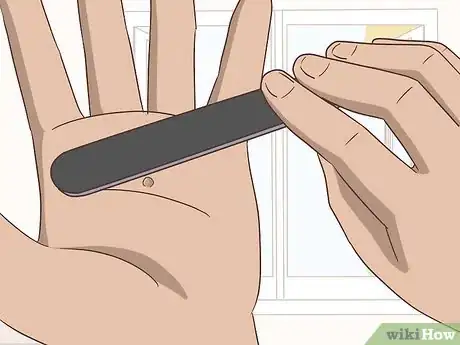
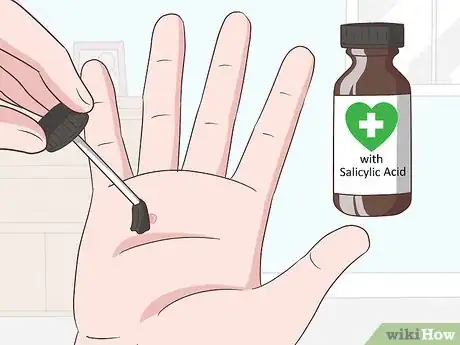

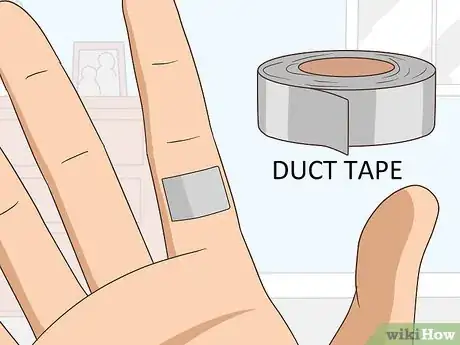
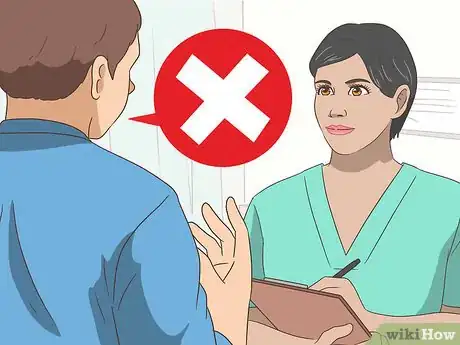
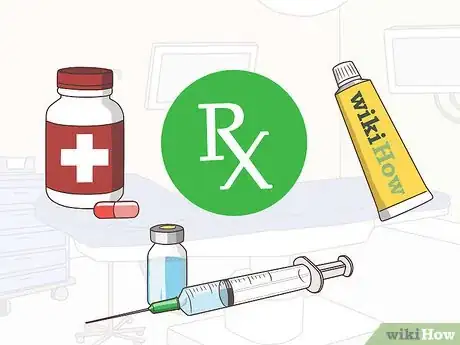
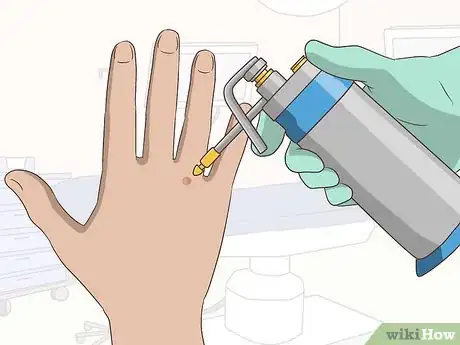
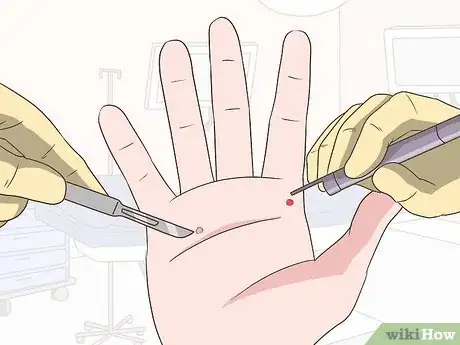

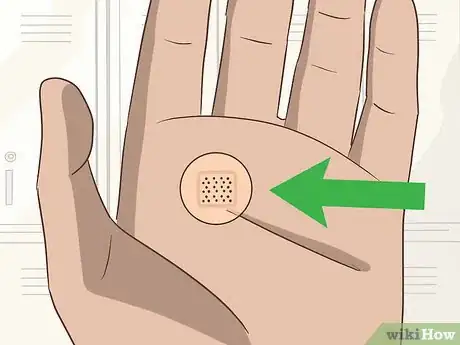
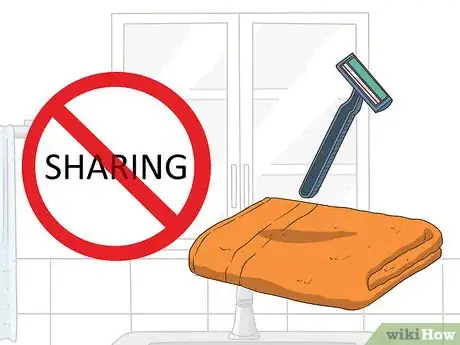
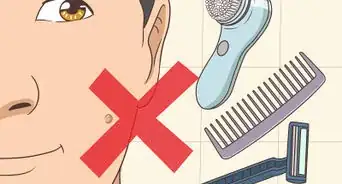
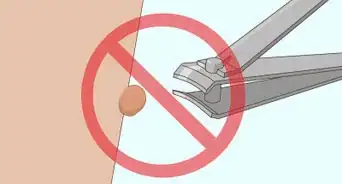

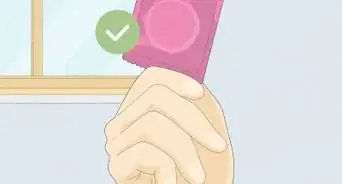
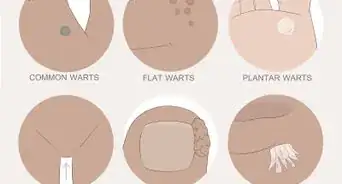
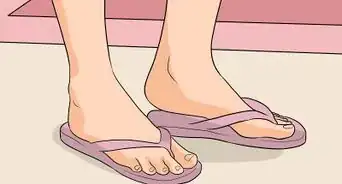

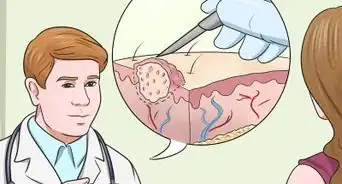
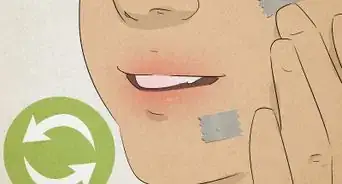


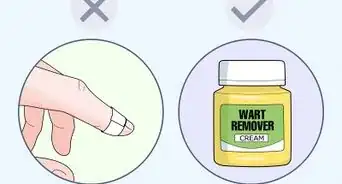
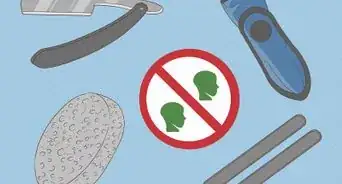
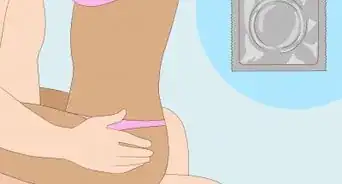







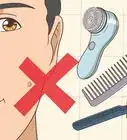
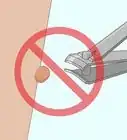

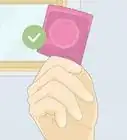



































Medical Disclaimer
The content of this article is not intended to be a substitute for professional medical advice, examination, diagnosis, or treatment. You should always contact your doctor or other qualified healthcare professional before starting, changing, or stopping any kind of health treatment.
Read More...